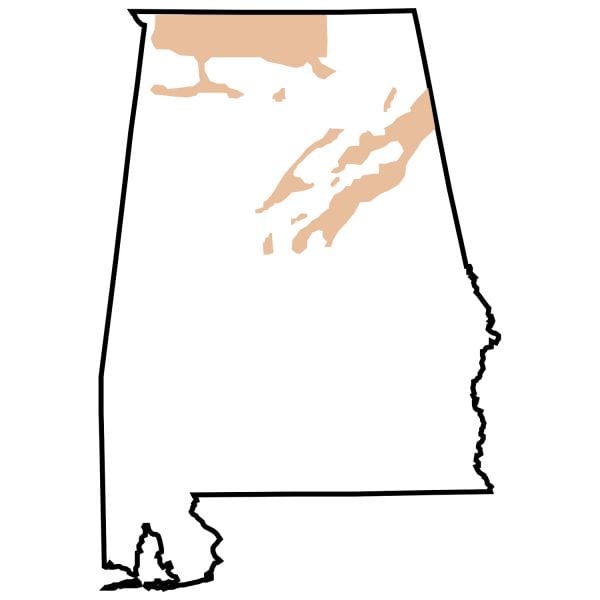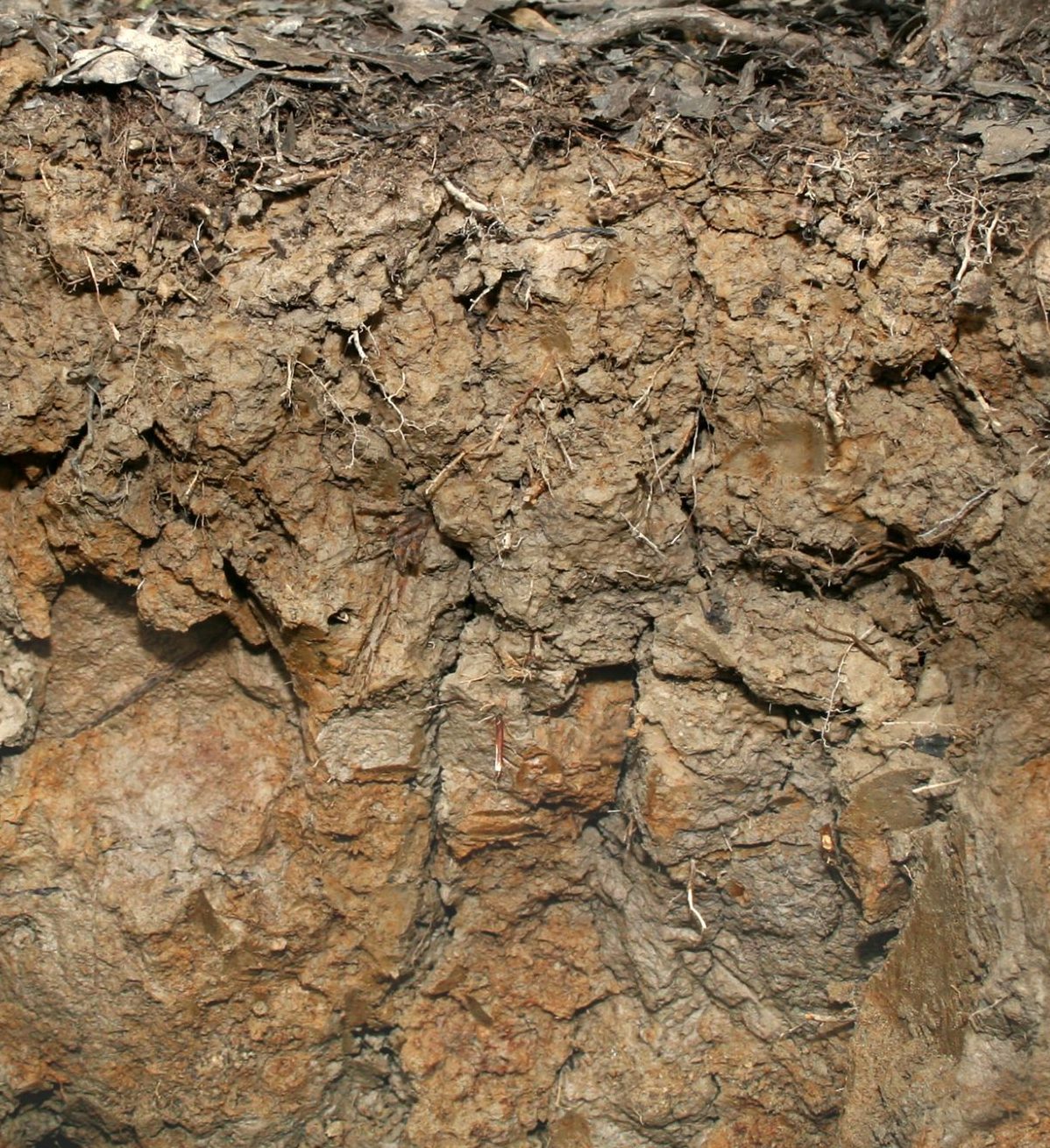Healthy Soils

Alabama is home to 6 different soil areas. The areas are divided based on soils with similar parent materials, or geological material. Although there are 6 major soil areas, each area includes hundreds of different soil series, or named soils. Generally, series names come from a geographical location near where a similar soil was first described.
The Limestone Valleys of North Alabama are some of the most productive farmlands in the state. Certainly, the deep, fine-textured, silty, and clayey soils of this region were popular with early settlers looking for productive cotton land in the South.
Characteristics:
- These soils formed from limestone (calcium and magnesium carbonates).
- Limestone Valley soils are less acid and higher in nutrients than the sandstone-derived soils of the uplands and the sandy soils of the Coastal Plain. Cotton is still a major crop on these deep, red, well-drained soils.
- The most productive Limestone Valley soils can be more than 20 feet to the underlying limestone parent material. However, there are hillside areas where the native limestone is near the surface. Cedar trees are common on these shallow, alkaline soils.
- Birmingham, Huntsville, Gadsden, Moulton, Decatur, Florence, Talladega, Fort Payne, and Sylacauga are all in limestone valleys. Many were once major agricultural areas because of their soils.
Considerations
In the Limestone Valleys, soils are still forming, and the valleys are still sinking. Caves and sinkholes are common in these areas. This weathering limestone, called karst, created the rolling topography and is particularly noticeable in central Tennessee and Kentucky.
Photo by John A. Kelley, USDA Natural Resources Conservation Service.

